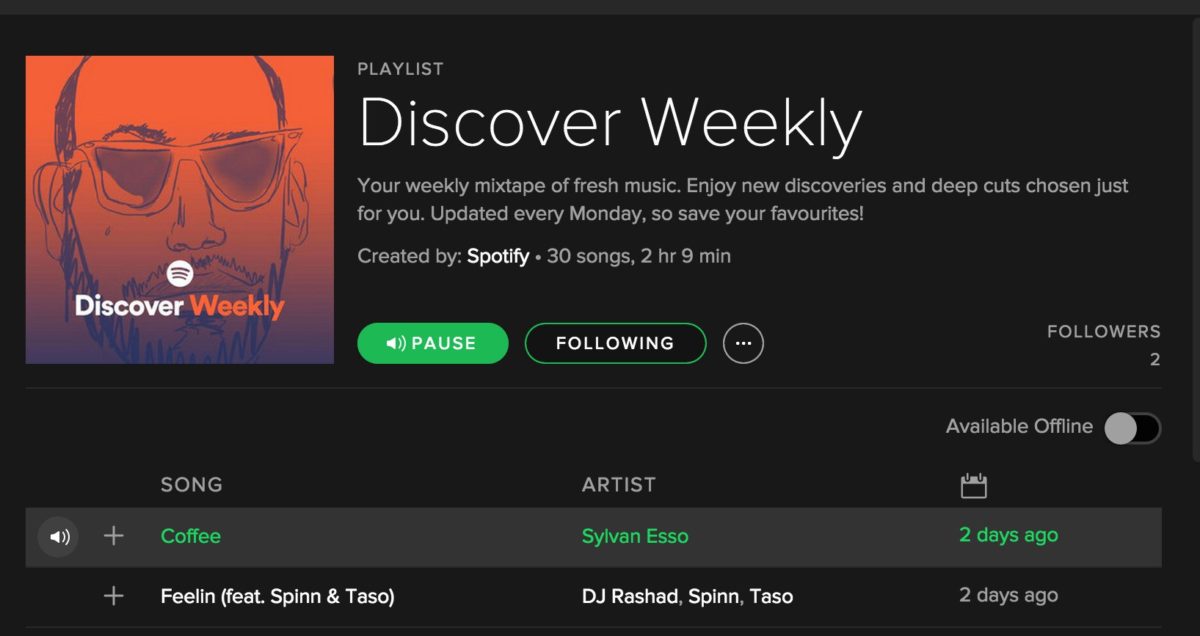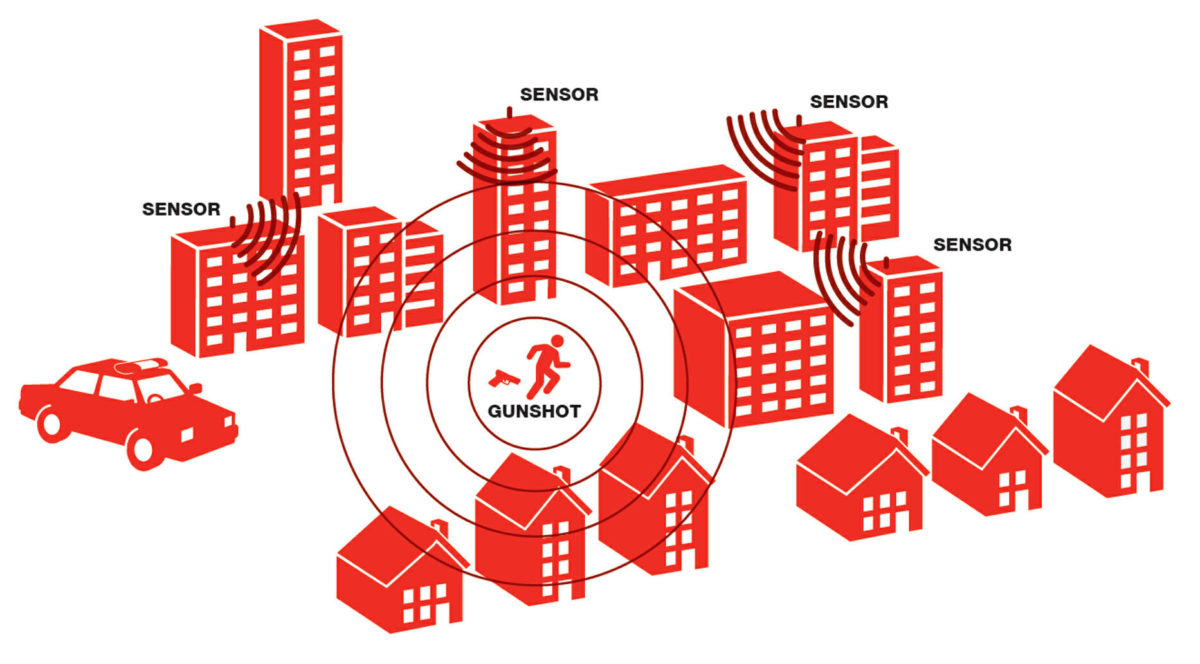Spotify is the largest music-streaming service and offers their customers a catalog consisting of almost all existing music. Next to numerous playlists and various radios, Spotify also offers a customised playlist: Discover Weekly. Every week, Spotify provides their users with a playlist full of new or undiscovered music. How does Spotify know the music that you will like?
Spotify uses three main technologies to recommend music to their users that they will enjoy. The first technology is Collaborative filtering. This technology analyses users’ habits such as which music they listen to, which artists they like and which playlists they follow. The technology matches users to other users with identical habits and recommends music that similar users are listening to.
Spotify also uses Natural Language Processing. This technology scans all written content concerning music on the internet. It will for instance analyse all content written about one artist, scan all the words around this artist’s name and store it in Spotify’s database. When a user listens to this artist, it will recommend a different artist that is described by similar words.
The third technology is Audio modelling. This analyses the music itself and identifies its key characteristics. It then compares this data from different music and matches music that has similar key characteristics. It will thus recommend music that has similar characteristics to their users.
By combining these three technologies, Spotify ensures that it is not only dependent on other user’s habits and written content on the internet. When music is new or unknown, no user data or written content is available. However, Spotify is still able to recommend it due to audio modelling.
Spotify is getting good at making accurate predictions about what users may like. It knows your music preferences even better than you do yourself. What do you think, does Spotify accurately predict music that you like?
Sources:
https:// www.digitaltrends.com/music/best-music-streaming-services/
http:// blog.galvanize.com/spotify-discover-weekly-data-science/
https:// www.slideshare.net/erikbern/collaborative-filtering-at-spotify-16182818/10-Supervised_collaborative_filtering_is_pretty
https:// notes.variogr.am/2012/12/11/how-music-recommendation-works-and-doesnt-work/


